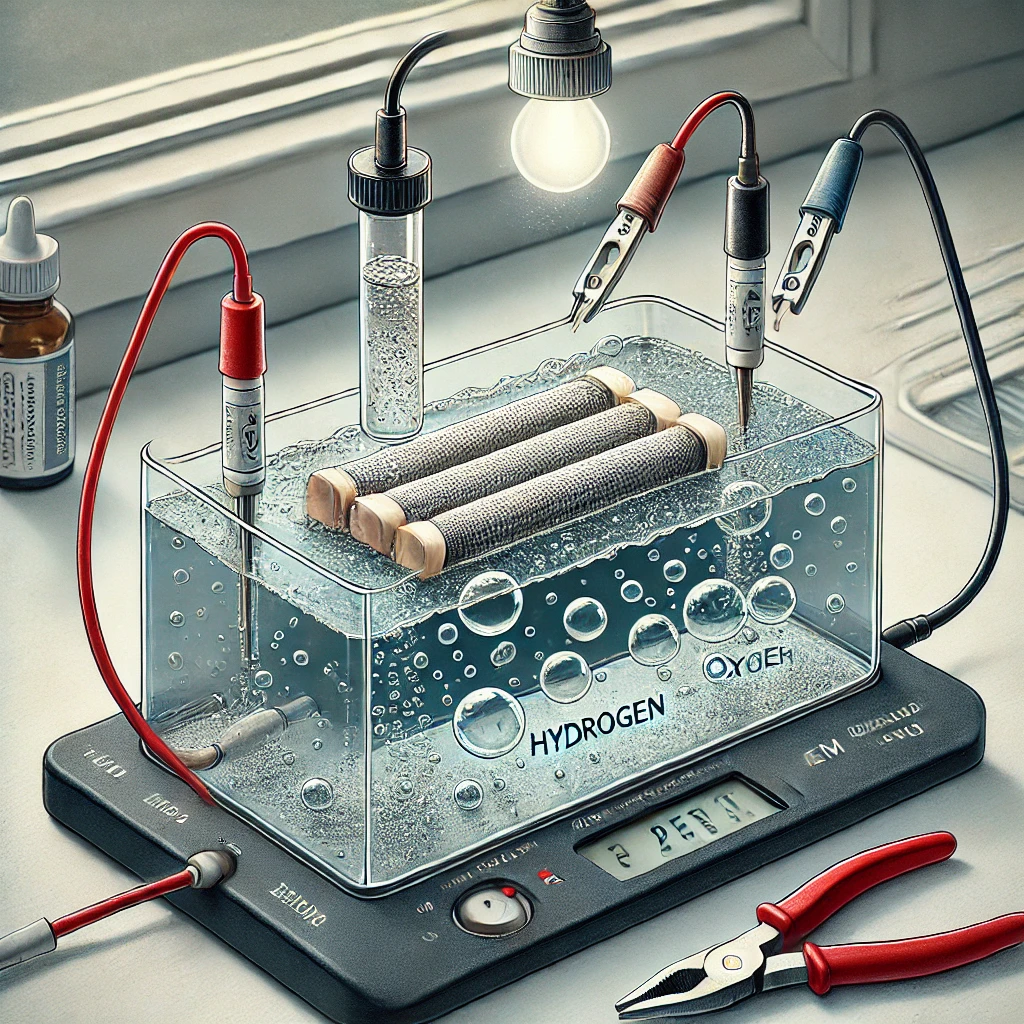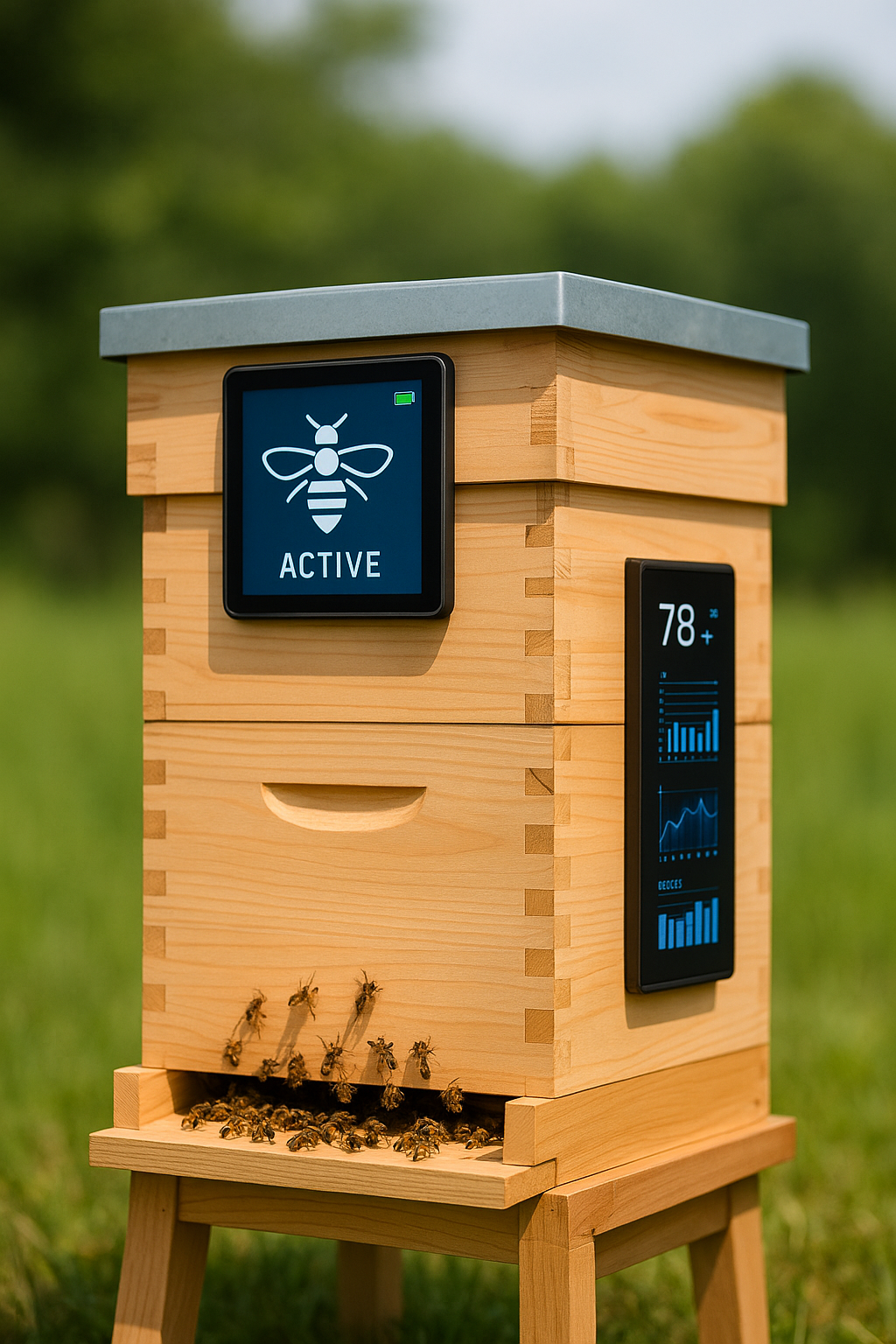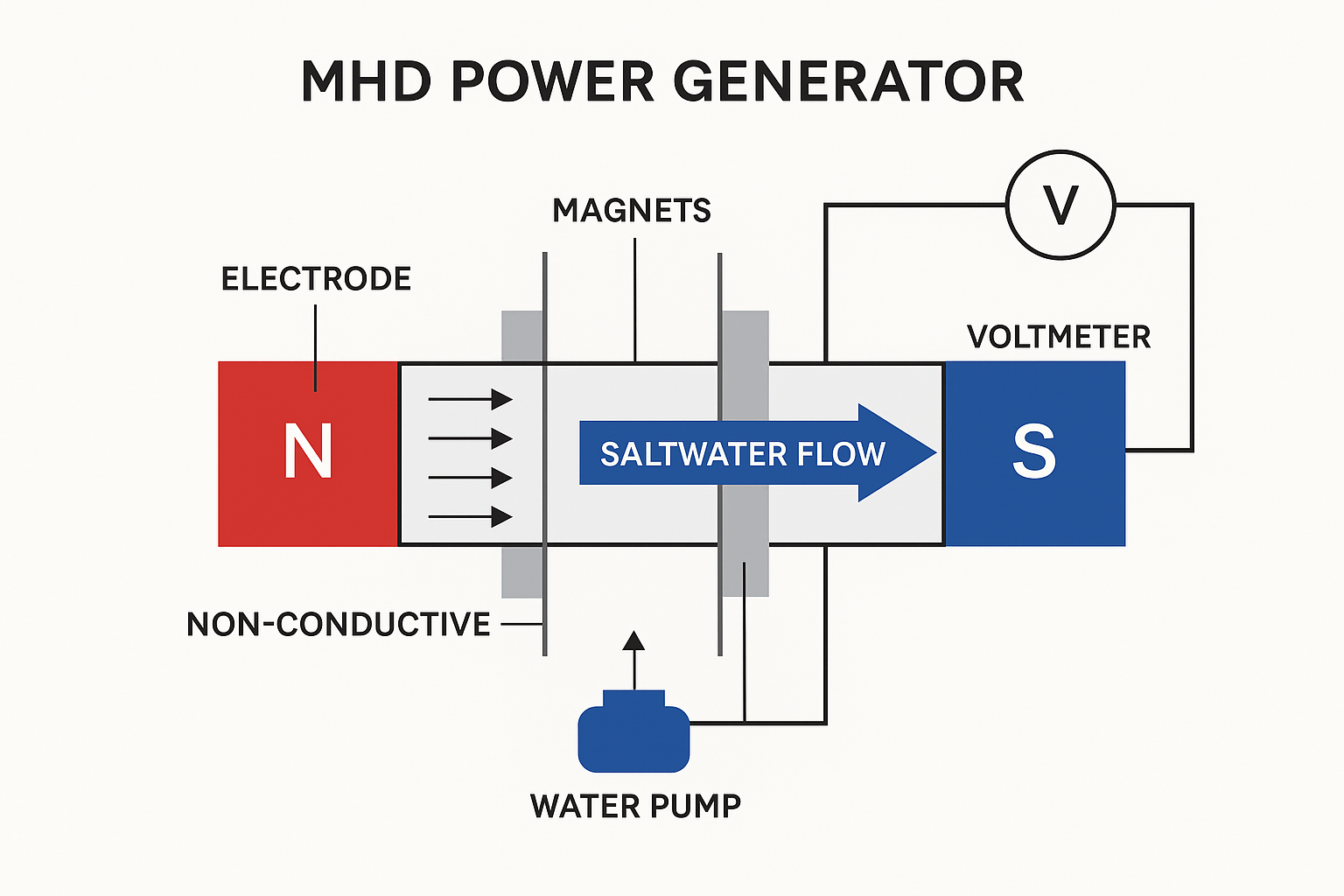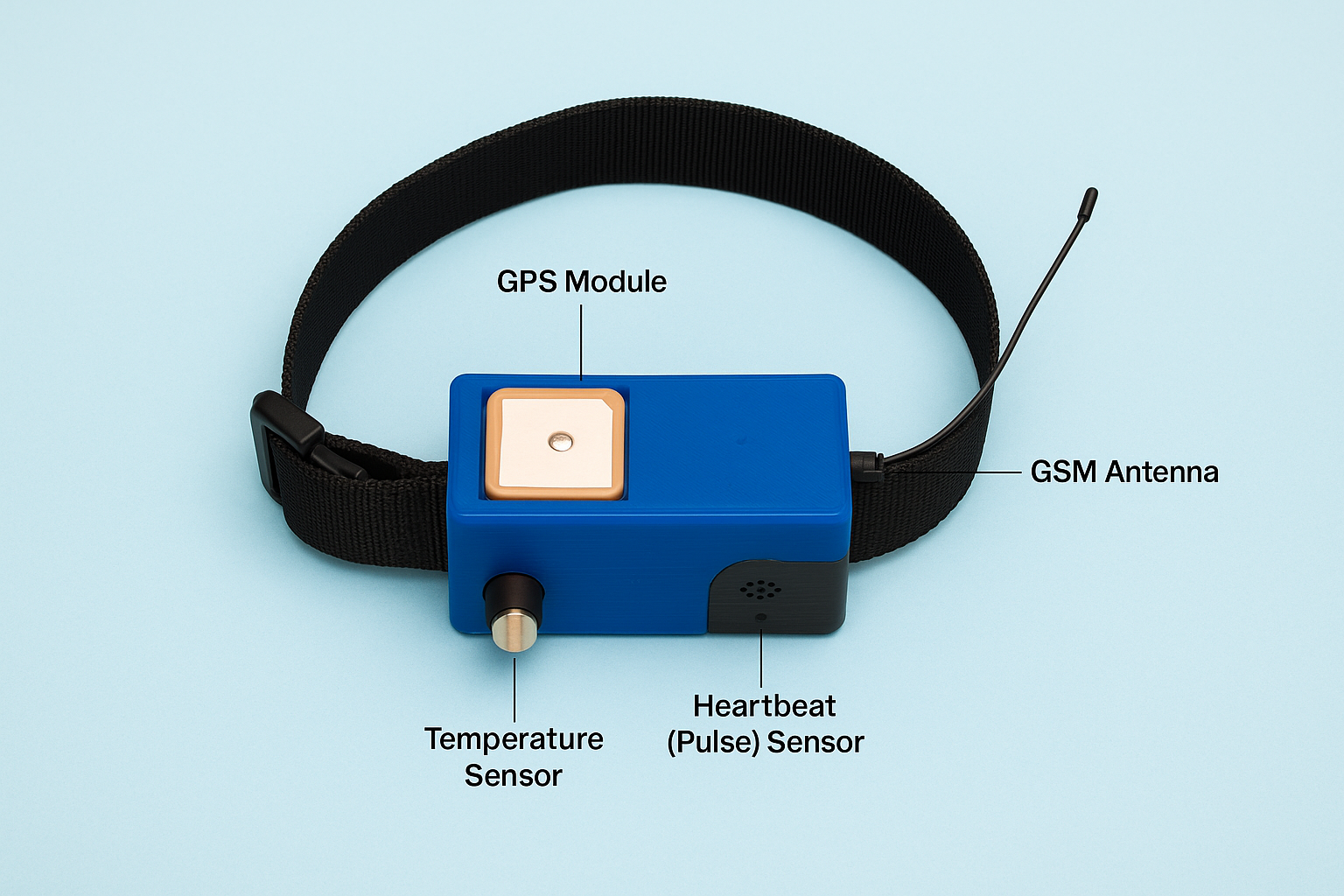1. Introduction
Hydrogen fuel cells are an innovative technology that converts chemical energy into electricity through a clean and efficient process. This project focuses on building a simple hydrogen fuel cell to demonstrate how hydrogen can be used as a sustainable energy source. The model provides insight into the science behind hydrogen-based energy systems, which are key to reducing carbon emissions and achieving a cleaner future.
2. Abstract
This project explores the working principles of hydrogen fuel cells and their potential for clean energy generation. A basic hydrogen fuel cell is constructed using readily available materials to produce electricity from hydrogen and oxygen. The project illustrates the electrochemical reaction that powers the fuel cell, observes the resulting current, and discusses its implications for real-world applications in clean energy systems and transportation.
3. Statement of the Problem
With the increasing demand for sustainable energy sources, traditional fossil fuels contribute significantly to environmental degradation and greenhouse gas emissions. How can hydrogen fuel cells provide a cleaner, more efficient alternative for energy production? This project aims to demonstrate the principles of hydrogen fuel cells as a potential solution.
4. Materials
- Two graphite plates or pencil leads (as electrodes)
- A proton exchange membrane (PEM) or filter paper soaked in a salt solution
- Distilled water
- Baking soda (to create an electrolyte solution)
- A 9V battery or DC power source
- Alligator clips
- A small LED bulb or multimeter (to measure the current)
- Plastic container (as the base for the setup)
- Tubing and a small pump (optional, to introduce hydrogen gas more effectively)
5. Procedure
- Prepare the Electrodes: Use two graphite plates or pencil leads to serve as electrodes for the reaction.
- Set Up the Proton Exchange Membrane (PEM): Place the PEM (or soaked filter paper) between the electrodes to allow ions to pass while separating gases.
- Create the Electrolyte Solution: Mix baking soda with distilled water to create a conductive solution and pour it into the container.
- Assemble the Hydrogen Fuel Cell: Insert the electrodes into the container, ensuring the PEM is positioned between them.
- Introduce Hydrogen and Oxygen: Connect the 9V battery to the electrodes for a few seconds to generate hydrogen at one electrode and oxygen at the other through electrolysis. Disconnect the battery after gas generation.
- Test the Circuit: Connect the electrodes to an LED bulb or multimeter and observe the electricity generated by the hydrogen and oxygen reaction.
6. Observation
- Bubbles form at the electrodes during electrolysis, indicating gas production.
- When the battery is disconnected and the LED is connected, the bulb lights up faintly, demonstrating that the hydrogen and oxygen reaction generates electricity.
- The multimeter measures a small current, confirming the electrochemical process in the fuel cell.
7. Variables
- Independent Variable: The amount of hydrogen and oxygen produced (varied by the duration of electrolysis).
- Dependent Variable: The electrical current generated (measured using a multimeter).
- Controlled Variables: The concentration of the electrolyte solution, the type of electrodes, and the size of the PEM.
8. Conclusion
The DIY hydrogen fuel cell successfully demonstrated the production of electricity through the reaction of hydrogen and oxygen. This project highlights hydrogen’s potential as a clean energy source and its relevance in sustainable energy systems. While the model operates on a small scale, it reflects the principles underlying real-world hydrogen fuel cell applications, offering insights into their role in reducing carbon emissions and advancing green technology.






